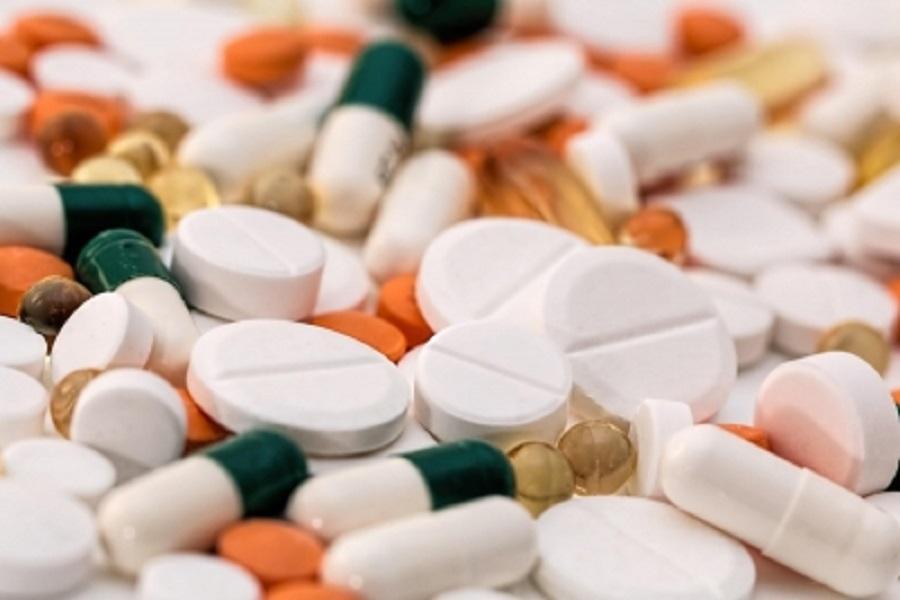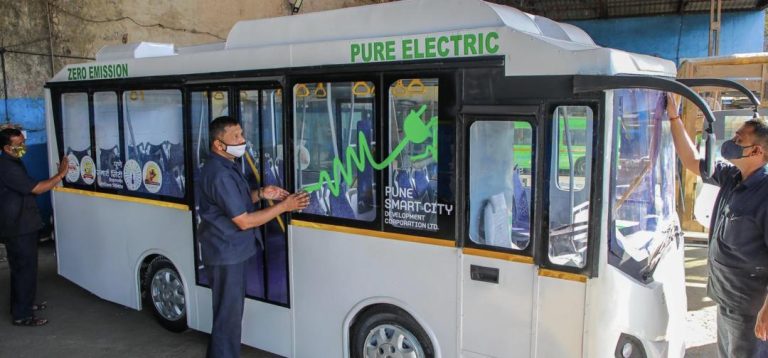
Electronics & Pharma Secure 70% of FY25 PLI Funds: Govt Data
In a significant development, the government has revealed that the electronics and pharma sectors have received a substantial majority of the funds disbursed under the Production Linked Incentive (PLI) scheme in FY25. According to official data, these two sectors have cornered nearly 70% of the total ₹10,114 crore disbursed under the scheme, making them the top beneficiaries.
The electronics sector, which has been a key focus area for the government’s ‘Make in India’ initiative, received a whopping ₹5,732 crore, while the pharma industry received ₹2,328 crore. This is a significant boost for both sectors, which are crucial for the country’s economic growth and self-reliance.
Launched in 2021, the PLI scheme was initially rolled out for 14 key sectors, including automobiles, textiles, and renewable energy, among others. The scheme aims to promote domestic manufacturing, enhance exports, and increase the competitiveness of Indian industries. The government provides incentives to eligible companies that meet certain performance criteria, such as domestic value addition, exports, and investment in research and development.
The PLI scheme has received a significant response from industry players, with over 1,000 applications received by the government so far. The scheme has also led to investments worth hundreds of crores from companies such as Samsung, Apple, and Foxconn, among others.
The electronics sector has been a major beneficiary of the PLI scheme, with companies such as Dixon Technologies, Flex, and Foxconn receiving significant incentives. The sector has seen significant growth in recent years, driven by increasing demand for smartphones, laptops, and other electronic devices.
The pharma sector, on the other hand, has also seen significant growth in recent years, driven by increasing demand for generic drugs and vaccines. The PLI scheme has provided a further boost to the sector, with companies such as Dr. Reddy’s, Lupin, and Cipla receiving incentives.
The success of the PLI scheme is a significant achievement for the government, which has been working to promote the growth of domestic industries. The scheme has not only helped to increase the competitiveness of Indian industries but has also created new job opportunities and increased exports.
The government has also announced plans to expand the PLI scheme to additional sectors, including food processing, automotive components, and aerospace, among others. This is expected to provide further impetus to the growth of domestic industries and promote the country’s economic growth.
In conclusion, the PLI scheme has been a significant success for the electronics and pharma sectors, which have together received nearly 70% of the total funds disbursed under the scheme. The scheme has provided a significant boost to these sectors, which are crucial for the country’s economic growth and self-reliance. As the government looks to expand the scheme to additional sectors, it is likely that the PLI scheme will continue to play a key role in promoting the growth of domestic industries and promoting the country’s economic growth.






